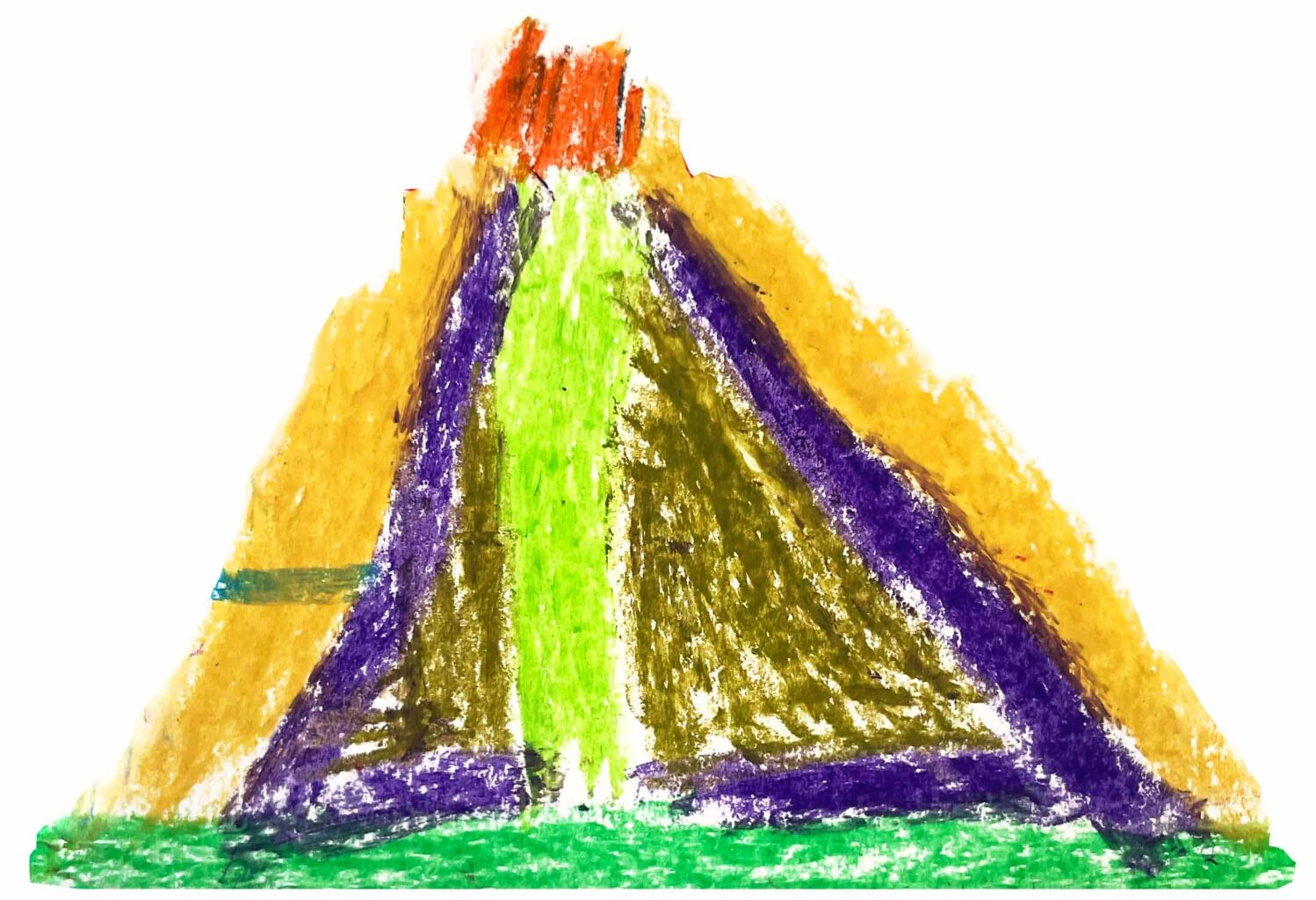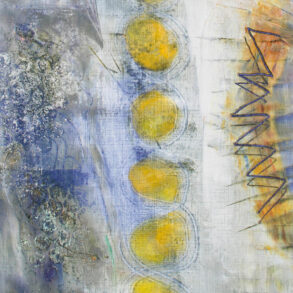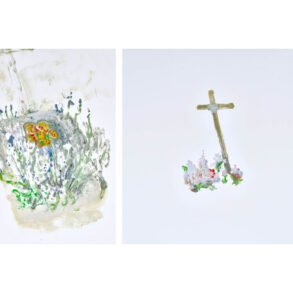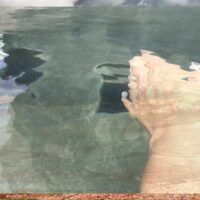The third in this four-part series looks at key topics in anthroposophy that have become fundamental for teachers in Waldorf Education, namely reincarnation, karma, and cosmology. Part 1 of the series can be found here, Part 2 here.
The following paragraphs focus on certain purely anthroposophical aspects of Rudolf Steiner’s approach to education. It is more of a basic list, without thorough explanation or discussion, as this would go beyond the scope of this essay. The aspects listed were and are not meant for public discourse but for the teachers of the (first) Waldorf faculty. What follows is a description of the context in which these topics appear in Steiner’s lectures on education. The choice of topics does not reflect any order of importance since that is something the individual training centres, faculties, and, above all, teachers need to decide for themselves.
Key Topic I: Reincarnation and Karma
The developmental aspect of repeated earthly lives is part of a differentiated understanding of the human being as a being with several levels of existence in both body and spirit. The human “I” reconfigures the body and, in engaging with bodily aspects, also develops its spirituality. One earthly life would not do justice to this task. Even in his very first essay on education from 1907 (The Education of the Child in the Light of Anthroposophy, GA 34), the thought of repeated earthly lives appears twice.
Life before birth and after death is intrinsic to the thought of reincarnation. When he spoke to the first Waldorf teachers, Steiner emphasized the need to include the thought of human pre-existence so that more selflessness can stream into civilization. The act of educating is seen as a “continuation” of that pre-existence. At the same time, Steiner underlined the fundamental difference between the body-free state before birth and the embodied state after birth. Incarnation, which includes the clothing of the individuality in a material body inherited from the parents, constitutes a tremendous interference, comparable to an “illness”. “It needs such radical conceptions to penetrate to the reality of education. Education must have a healing character” (Steiner, GA 302a, lecture of October 16, 1923). By considering existence before birth, teachers will learn to empathically “read” the child and found a “physiognomic education” (Steiner, GA 296, August 15, 1919). Steiner referred to a specific “orientation of vision” (Steiner, GA 305, August 18, 1922) toward the child’s spirit-soul—a certain perceptiveness, in other words, rather than any theoretical foundation. When, in a lecture cycle in Arnhem (Steiner, GA 310), he entered deeply into karmic aspects of human life, using as examples famous personalities (Goethe, Schiller) or personal acquaintances (L. Jacobowski), he did not try to convey theories or creeds, therefore, but to enkindle in teachers the mood that “every human life is a sacred mystery” (ibid., July 18, 1924) and to speak to their hearts “so that love for the child can grow in them” (ibid.).
In anthroposophy, the thought of reincarnation and karma is always closely related to further development and learning, and therefore to education. This thought can come to life in different ways in the souls of teachers. It never means that problematic situations in a child’s or young person’s life are to be seen as karmic punishment or, in an apologetic sense, that there are human souls who choose problematic situations for themselves (for instance, as victims of parental abuse, etc.). What is meant is the teacher-child relationship in connection with questions such as: How can I understand you? Who are you, what gifts did you bring with you? How can I assist you in realizing the intentions that are unconsciously at work in you? How can I support you on your biographical path? Might I be karmically connected with you? Such questions—if they are not speculative but open—can help to unlock and deepen a teacher’s understanding of their task.

Key Topic II: Cosmology
In anthroposophy, human evolution includes the alternation of embodied, physically centered and earthly forms of existence and a body-free, cosmic existence. Human spiritual existence is as inseparable from the cosmos as embodied existence is from Earth. This alternation is not only the basis of our reality as human beings but equally that of wider evolutionary epochs during which humans and the realms of nature evolved in mutual dependence and interaction. Knowledge of cosmology and the cosmic aspects of humanity (“a thorough understanding of cosmic laws,” GA 293, August 23, 1919) is central to Waldorf Education. Cosmological themes addressed in the First Teachers’ Course include the way the “I” relates to the other constituents of the human organization (Steiner, GA 293, August 27, 1919) and the relationship of human and animal evolution (Steiner, GA 293, August 23, 1919; September 1-3, 1919). According to Steiner, “our soul life is the venue where the great cosmic events are acted out” (Steiner, GA 293, August 23, 1919). These words and images are vehicles for the message that all beings are valuable and that we bear responsibility for the Earth.
Steiner viewed the phenomena of human physical existence that point to active cosmic influences, particularly in relation to Waldorf Education, as even more important than the cosmology described in his book An Outline of Esoteric Science (Steiner, GA 13). These phenomena, discussed in more detail below, can be found in both soul and body.
In the First Teachers’ Course, Rudolf Steiner developed the anthropological basis of Waldorf Education, describing the spherical form of the skull as standing out from the rest of the physical structure in that it is formed differently and grows at a different rate. In countless presentations, Rudolf Steiner demonstrated how the (physical) head’s spherical shape can be traced back to body-forming forces in the cosmos and their contraction and condensation. This is one example of how one can practice associating, in vision and experience, something as elementary as the form of the human head with a wider cosmic dimension. Education, he pointed out, required a “feeling of unending reverence” (Steiner, GA 294, August 22, 1919) toward the child. Each child was “a cosmic mystery” (ibid.) and needed to be observed with “great cosmic feelings” (Steiner, GA 293, September 1, 1919). The lecture of September 1, 1919, also contains a unique and imaginative explanation of the mystery of the spherical form in relation to the human body.
Steiner also spoke of respiration as another example of how the cosmos is related to the physical body. The fact that we inhale and exhale around fourteen to eighteen times per minute means that we take 20,160 to 25,920 breaths in a year. This number has a cosmic correlation: the precession of the earth’s axis, or the passing of the vernal equinox through all twelve zodiac constellations, takes around 25,700 years. If we divide 25,920 years by 360 (degrees), the result is 72 years. A cosmic day therefore corresponds to the length of an average human life, and one could say that each person represents something like a “cosmic breath.” Steiner referred in numerous other places to the number of the cosmic (or Platonic) year, for instance, on the second day of the First Teachers’ Course, when he said that “being integrated with our biography in the Platonic Year makes us cosmic beings” (Steiner GA 294, August 22, 1919). On the very first day he talked about understanding “the cosmic importance of the breathing process and its transformation through education” (Steiner, GA 293, August 21, 1919). Steiner aimed to guide the teachers to develop a modest and reverent mood toward all human beings, children in particular—a mood that is essential in education.
The cosmic element is consequently an indispensable aspect of Waldorf Education. While it requires a faculty that is difficult to achieve and has certainly only been realized to a small extent, it is clearly an important one to strive for. The spiritual, suprasensory world is cosmic: “Teachers must be permeated by the reality of our close connection with the suprasensory worlds. […] Every child should stand before the teacher’s or educator’s soul as a question posed by the suprasensory world to the sensory world” (Steiner, GA 296, August 15, 1919). Steiner rarely spoke in as emphatic terms as he did in this context: “Earthly culture can only rise if we permeate our educational impulse with an understanding of the cosmic significance of the whole human being” (Steiner, GA 294, August 22, 1919). This understanding “renders everything we do in our lessons sacred” (Steiner, GA 293, September 1, 1919). Again, this is no “anthroposophical theory”—it is about the teacher’s understanding, attitude, and experience. This is why Steiner restricted himself to indications in this context. Everything that is essential to this topic he had said or written elsewhere, and his target group in this case, the Waldorf teachers, had anthroposophical knowledge. What Steiner aimed at then was to make anthroposophy a reality of life that is practiced in education.
The 4th and final part in this series will appear in our next issue, and discuss Rudolf Steiner’s approach to spiritual beings in teacher education and to anthroposophy as content and method.
Translation Margot M. Saar









